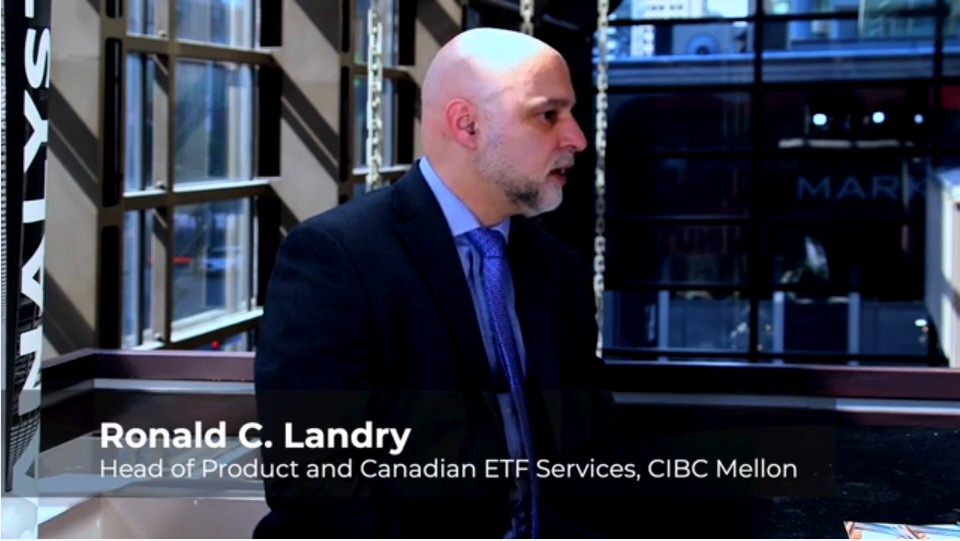by Jeffrey Kleintop, Senior Vice President and Chief Global Investment Strategist, Charles Schwab & Co., Inc.
Key Points
- Four alternative indicators for the main driver of the global economy, the consumer: race horses, cars, plastic, and remittances.
- It’s a mixed picture, but overall global consumer demand remains solid, for now.
- Central bank rate cuts may help lower financing costs for cars, but do little to address the manufacturing recession that threatens to weaken the labor market and undermine consumer spending.
Economic indicators don’t have to be complicated to work. Technical gauges we often analyze, such as the global purchasing managers’ index and the total composite leading indicator, aren’t the only ways to measure what is happening in the global economy.
For example, among many inputs, Federal Reserve policymakers compile what they call the “Beige Book” of real world observations to help them assess the state of the economy in real time. Last week’s Beige Book included the comment: “…restaurant lines were long, even on a Tuesday night” when assessing tourism on the Delaware shore. The unusually long restaurant lines suggest the consumer feels pretty good. Like the Fed, we can use these easy to grasp indicators too—but we need to look at broad trends around the world, not merely the demand for crab cakes in Ocean City.
Let’s examine four indicators that offer an alternative way to monitor the main driver of the global economy, the consumer:
- Race horses
- Cars
- Plastic
- Remittances
Then we will turn to how they may, or may not, be impacted by what the Federal Reserve and other central banks are planning for the second half of the year.
Race horses
Thoroughbreds are costly and speculative investments for the rich. The prices paid reflect the general willingness of horse owners to take risks. As a result, they have acted as a good indicator of sentiment on the global market and economy. Sales of horses may be pointing to optimism preceding another peak in the market and economy.
Are Kentucky Derby hopefuls signaling a peak in the global stock market and economy?

Source: Charles Schwab, International Monetary Fund, Keeneland.com, Data as of 7/17/2019.
Past performance is no guarantee of future results.
*2019 based on potential 36% sales increase suggested by 2019 year-to-date sales increase from 2018.
Sales by the leading thoroughbred auctioneer, Keeneland, fell during the recessions and bear markets of 1990-91, 2001 and 2008-09, and then rebounded to around $800 million as conditions improved. The lingering weakness in thoroughbred sales from 2009-2013, as they remained near levels seen 15 years earlier, coincided with a sluggish global growth environment, as can be seen in the wide output gap (the amount of slack in the global economy) during those years.
Risk taking sentiment seems to have soared with horse sales bolting out of the gate in 2019. The sales totals at this year’s January auction rose sharply. Additionally, this year marked the return of the April auction of two-year old thoroughbreds in training. With sales up 36% from a year ago at comparable auctions, total annual sales may again reach $800 million. Annual sales peaked around that level in 2000 and 2007, just ahead of the peaks in the global stock market prior to the 2001 and 2008 global recessions.
A confident consumer can seem like a good thing; it usually is a sign of a strong economy. But, sales at Keeneland rising back to the level that marked the peak of the past two global recessions and bear markets may be a sign that sentiment among the rich has become overly optimistic and vulnerable to disappointment. Of course, sales could continue to rise in the years ahead; there is no guarantee that reaching the prior highs is a sign that this is the peak. But the data reflecting a possible peak in consumer optimism is worth recognizing.
Cars
While consumer confidence surveys tell us what the typical middle-class consumer is saying, it’s just as important to watch what they are doing. A car is a big ticket item, and a purchase that can usually be delayed—so it can be considered a sign of confidence if sales are rising at an above trend pace or a sign that consumer confidence may be vulnerable if it is slowing. In the U.S., Europe, and Asia car sales have slumped.
- U.S. new-vehicle sales in every month so far this year have been weaker than they were compared with the same period in 2018 and are likely to fall short of the 17 million mark for the first time since 2014.
- European car sales dropped 7.8% in June, according to the European Automobile Manufacturers' Association, the worst drop since December, when stocks were plunging on economic and trade worries. This drop comes amid soaring worldwide stock prices.
- In the biggest car market, China, auto sales in June fell 9.6% from a year earlier, making sales in the first half of 2019 the weakest in four years, per the China Association of Automobile Manufacturers.
Consumer surveys show confidence has risen to the highs that marked the peaks of prior cycles. But the slump in car sales may be a sign that middle-class consumer confidence may not be as high as it was—or as high as they are telling us it is.
Plastic
Ethylene is the world’s most important chemical to the manufacturing process. The plastic made from ethylene is used everywhere and for nearly everything in our shopping carts (both virtual and physical) from water bottles to diapers to the product packaging itself. Demand for ethylene by the makers of these products may tell us something about the pace of everyday consumer purchases.
Industrial Production of Ethylene by China

Source: Charles Schwab, Factset, China National Bureau of Statistics, data as of 7/19/2019.
Ethylene is derived from oil, so prices tend to move with oil prices, so it is the volume of ethylene production that we want to watch. China, in particular, makes a lot of everyday products for the rest of the world and despite the trade worries and a focus on limiting single-use plastics, China’s import volume and production of ethylene is up from a year ago as of June. Ethylene isn’t giving us any signs of slower demand for consumer products or packaging. So it appears from this indicator that the world’s middle-class consumers are not yet limiting their purchases of everyday products.
Remittances
The amount of money sent by immigrants back to their home countries to support family members, known as remittances, is a way to track the fortunes of some of those on the opposite end of the economic spectrum from the racehorse buying super-rich.
Worldwide remittances to emerging market countries continue to grow at a solid pace, after eclipsing the 2008 peak in 2017 and reaching a record high of $529 billion in 2018). This remittance data is collected by the World Bank and the central banks of many developing countries where remittances amount to more than 10% of GDP (ex. Philippines, Guatemala) and countries that receive the largest amount of remittances (India, Mexico). We can see the steady rise for remittances to Mexico in the chart below.
Remittances on the rise

Source: Charles Schwab, World Bank data as of 7/19/2019.
The rising pace of remittances suggests a still vibrant economic environment for these workers.
Rate cuts
Race horses might be sending a warning signal and car sales are weak, but demand for the plastic products we use every day and remittances continue to look solid. So what might central bank rate cuts do to aid the consumer? Well, cuts may help lower financing costs for cars, which have risen significantly over the past two years of rate increases, as you can see in the chart below. That might help to turn around the decline in auto purchases.
Average interest rate for U.S. auto loans of 60 months

Source: Charles Schwab, FRED Economic Data as of 7/19/2019.
However, rate cuts alone may do little to stave off the deepening recession in global manufacturing and slide in earnings that could begin to weigh on jobs. While there are no worldwide totals, U.S.-based employers have announced the most job cuts in the first half of this year since the financial crisis in 2009, jumping 35% from last year, according to a widely-watched report from global outplacement and business and executive coaching firm Challenger Gray & Christmas. A weakening job market could slow consumer purchases of everyday items and remittances.
We will continue to watch these four alternative measures, and other economic indicators, as the Fed and other central banks take efforts to support growth in the second half of this year.
















